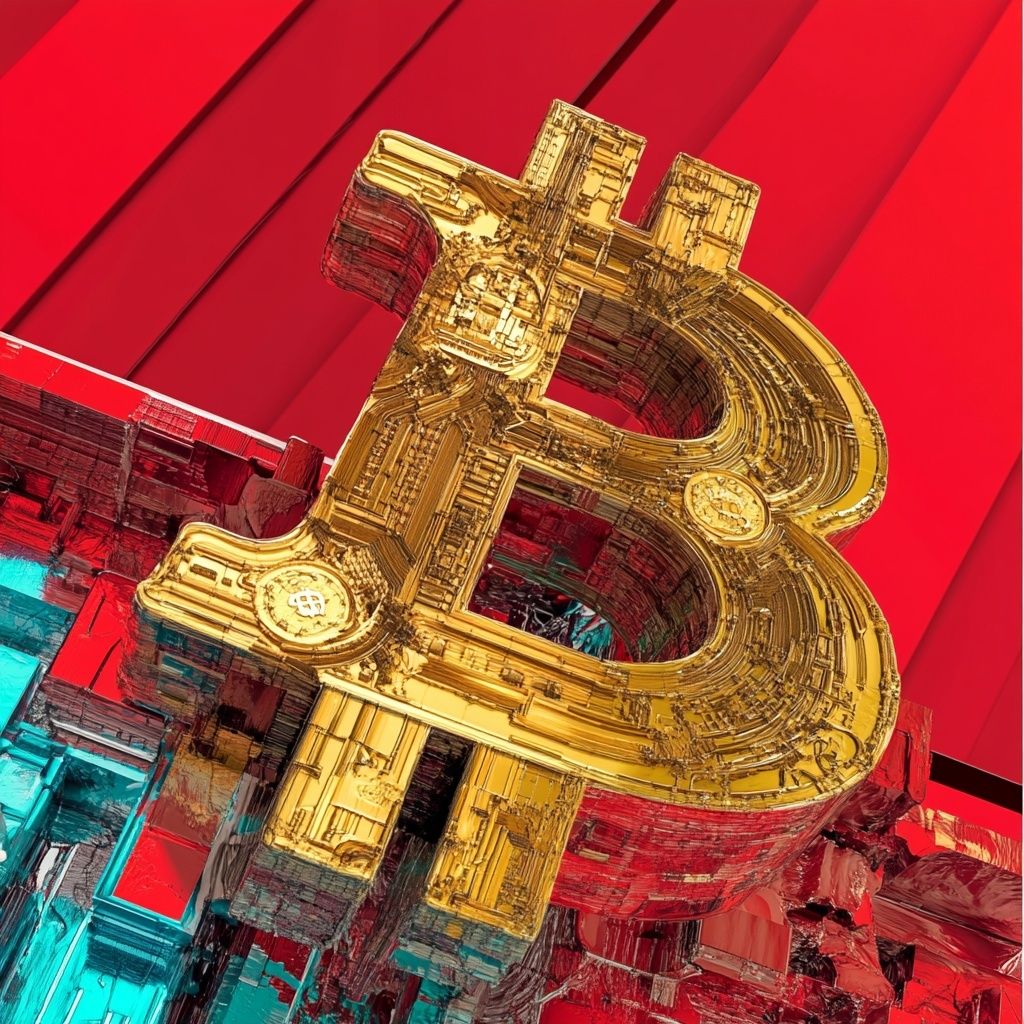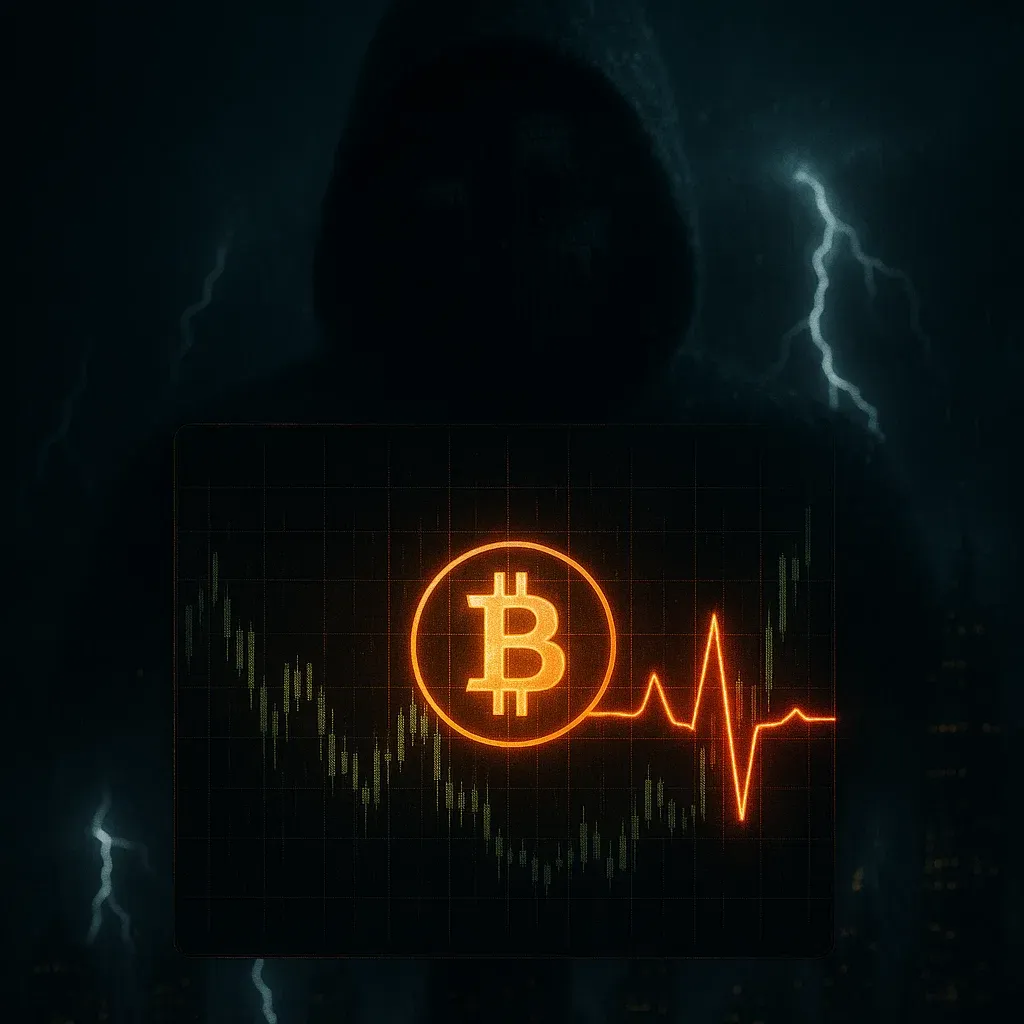Powell Hints at Ending QT — What It Means for Bitcoin and the Next Liquidity Cycle
Powell Hints at Ending QT — Is the Next Bitcoin Bull Run Loading?
The Fed may be about to hit pause on its balance sheet tightening — and markets are whispering the three letters every trader dreams of: QE. But ending quantitative tightening isn’t the same as printing money. For Bitcoin, the difference could define its next big move.
⚡ Quick Hits
- 🏦 Powell says: Fed is “approaching sufficient reserve levels”
- 💰 QT (Quantitative Tightening): May end soon
- 🚀 QE (Quantitative Easing): Speculation rising, but not confirmed
- 📉 Current Fed funds rate: 4.2%
- 🪙 Bitcoin impact: Depends on liquidity — not just words
🧩 QT vs. QE — The Liquidity Toggle That Moves Everything
Speaking at the National Association for Business Economics (NABE) conference, Fed Chair Jerome Powell suggested the central bank may soon end its quantitative tightening (QT) program — the process of shrinking the Fed’s balance sheet and pulling liquidity out of the system.
“We are approaching sufficient reserve levels,” Powell said — Fed-speak for “we might be done tightening.”
Markets immediately started buzzing with talk of a potential return to quantitative easing (QE) — the policy that injects liquidity back into financial markets through large-scale asset purchases.
And for Bitcoin and risk assets, QE is the ultimate fuel.
💥 Arthur Hayes: “Back Up the Truck”
Crypto legend Arthur Hayes didn’t hold back:
“There you have it, QT is over. Back up the f***ing truck and buy everything.”
He sees the end of QT as the first domino in a broader liquidity comeback — the same dynamic that ignited Bitcoin’s 2020–2021 explosion from $10K to $60K+ during the post-pandemic stimulus wave.
Some analysts agree that asset prices typically respond with a six-month lag after liquidity injections begin — meaning markets could front-run policy shifts well before the Fed officially moves back into QE.
🧠 Not So Fast — Ending QT ≠ Starting QE
But not everyone is buying the hype.
Market strategist Brett cautioned that QE only begins when the Fed funds rate approaches zero, not when it’s sitting at 4.2%.
“Notice how QE doesn’t start until the Fed funds rate is near 0. We’re still at 4.2%. It would take an economic disaster and likely 12 months of cuts before QE begins,” Brett explained.
In short: 🛑 Ending QT just stops the liquidity drain. 💸 QE adds liquidity back in.
That’s a massive difference — and for Bitcoin, it means the bull case isn’t automatic. The market could stay liquidity-neutral for months, with no clear directional trend until actual rate cuts or balance sheet expansion begin.
📊 Bitcoin’s Historical Liquidity Cycles
While liquidity has been the strongest macro driver for crypto, Bitcoin doesn’t always react instantly to Fed policy changes.
- After each QE phase, BTC typically surged — but often months later.
- After QT ended, Bitcoin sometimes fell further before finding a base.
Still, the correlation is undeniable: Every major Bitcoin bull cycle — from 2013 to 2021 — lined up with monetary expansion periods when the Fed was printing.
So yes, liquidity is king — but timing is queen.
🧠 The 2025 Twist: Inflation & Politics
Unlike 2020, the Fed now faces sticky inflation, elevated rates, and political heat from both sides. Powell must balance financial stability with anti-inflation credibility, making a full-blown QE return far more complex.
Upcoming Producer Price Index (PPI) and unemployment reports could decide whether this QT pause becomes a true pivot or just a breather.
If growth data weakens and inflation cools, markets may start pricing in QE ahead of time — setting the stage for another risk-on rally across crypto, equities, and gold.
But until the Fed starts adding liquidity, not just stopping the drain, traders should expect volatility — not a vertical moonshot.
🪙 Bigger Picture: Bitcoin’s Macro Moment
If Powell’s hint becomes reality and the Fed truly pivots toward easing, Bitcoin could reassert its role as the global liquidity barometer — a hedge against monetary debasement and a magnet for speculative capital.
But for now, it’s all about interpretation: Will markets see the end of QT as the start of QE — or as just another head-fake from the Fed?
The answer could define the next six months of crypto.
TL;DR
- 🏦 Powell signals end of QT, fueling QE speculation
- 💸 Ending QT halts liquidity drain — doesn’t inject new money
- 📉 Fed rate still 4.2%, far from QE territory
- 🪙 Bitcoin’s fate depends on actual liquidity, not rhetoric
- 📊 Historical data: BTC rallies after real monetary expansion, not just pauses
- 🔮 All eyes on upcoming PPI and jobs data for the next macro clue

Recent News
All Time High • Live
Have questions or want to collaborate? Reach us at: info@ath.live











